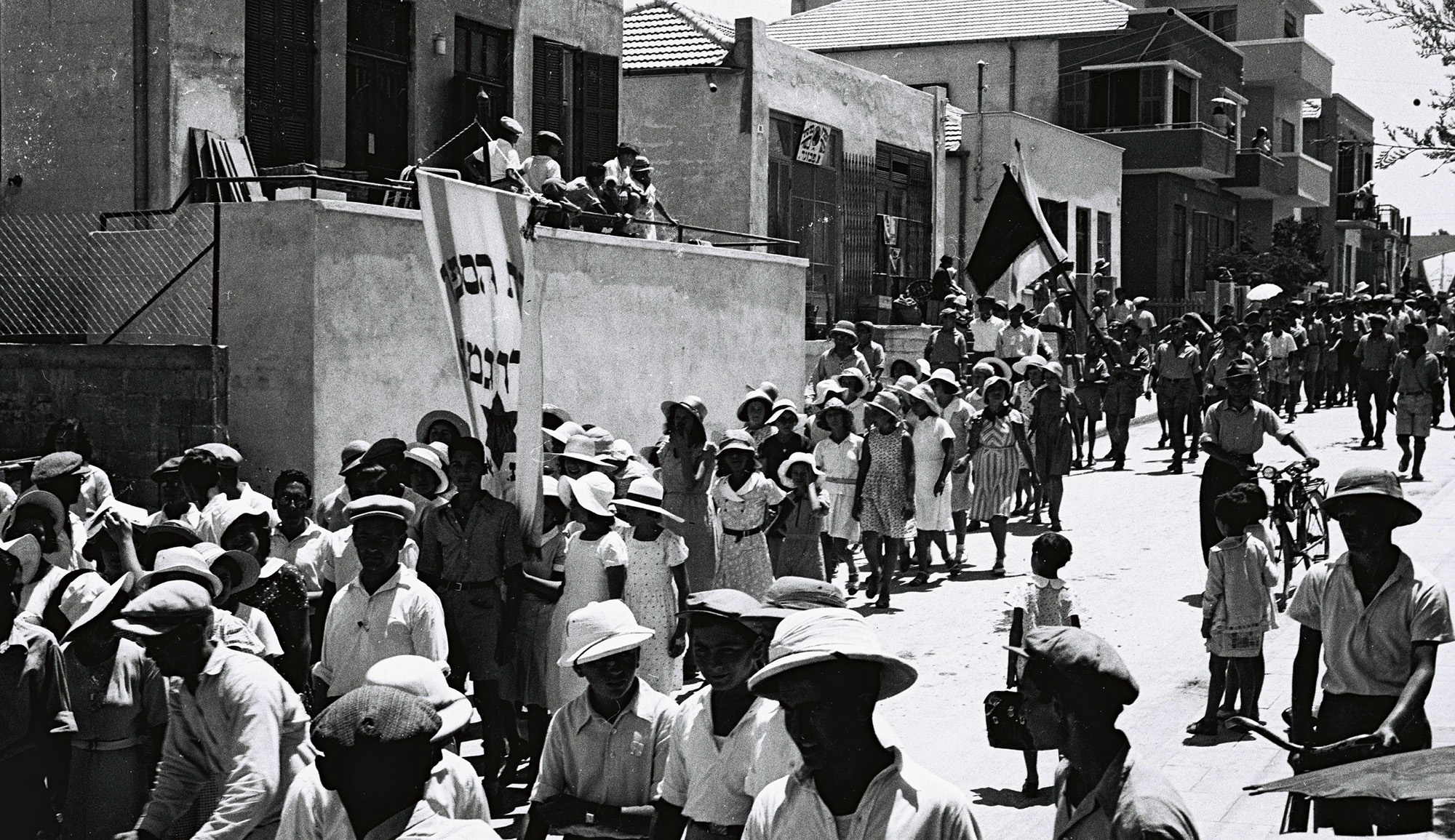On June 25, Prince William will arrive in Israel for the first-ever official visit to the country by a member of the House of Windsor, during which he will pay his respects at the grave of his great-grandmother, who is buried on the Mount of Olives in Jerusalem. The official itinerary, released by the UK’s notoriously anti-Israel Foreign Office, locates this particular stop in “Occupied Palestinian territories.” Asked about that phrase by an Israeli journalist, a Foreign Office spokesperson clarified that “east Jerusalem is not Israeli territory.” Elliott Abrams comments:
It has long been assumed that the royals themselves were not refusing to visit [the Jewish state] but were, as is constitutionally required in the UK, following the advice of . . . the Foreign Office. . . . But leave it to the Foreign Office to try to stir ill will over the visit.
As former holders of the Palestine Mandate, the British above all others should know that the Old City of Jerusalem was never “Palestinian territory.” It was Jordanian territory until 1967 and has never been under Palestinian sovereignty for a single day. The British might have said the prince was visiting “Jerusalem” without saying more. To call a visit to the Old City instead a visit to “Occupied Palestinian territory” is deeply and probably intentionally offensive—and plain wrong. It is in fact one thing to say that the UK does not regard eastern Jerusalem as settled Israeli territory and that its fate will be decided in peace negotiations, and quite another to call it “occupied Palestinian territory.”
This episode has made me agree entirely with David Friedman, the U.S. ambassador to Israel, that the United States should stop using the term “occupied territory” to describe any part of Jerusalem or the West Bank. Call it “disputed territory,” which it certainly is, or say “east Jerusalem and the West Bank, which Palestinians claim as part of an eventual Palestinian state.” Legally, it is hard to see how land that was once Ottoman, then governed by Britain under a League of Nations mandate, then Jordanian, can be “occupied Palestinian territory” anyway.
The visit by Prince William has been damaged by the Foreign Office, but it is still a step forward after 70 years of refusals to make an official visit at all. One hopes that during the prince’s visit to Israel, someone . . . will tell him what was the fate of east Jerusalem before Israel conquered it in 1967: no access at all for Jews, no protection for Jewish holy sites, [and] vast destruction of Jewish holy and historic locations.
More about: House of Windsor, Israel & Zionism, Jerusalem, Prince William, United Kingdom


